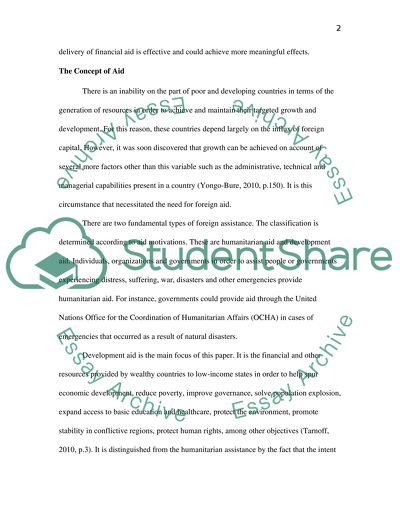Cite this document
(“Adverse Effects of the Foreign Aid Essay Example | Topics and Well Written Essays - 3000 words”, n.d.)
Retrieved from https://studentshare.org/macro-microeconomics/1397034-adverse-effects-of-the-foreign-aid
Retrieved from https://studentshare.org/macro-microeconomics/1397034-adverse-effects-of-the-foreign-aid
(Adverse Effects of the Foreign Aid Essay Example | Topics and Well Written Essays - 3000 Words)
https://studentshare.org/macro-microeconomics/1397034-adverse-effects-of-the-foreign-aid.
https://studentshare.org/macro-microeconomics/1397034-adverse-effects-of-the-foreign-aid.
“Adverse Effects of the Foreign Aid Essay Example | Topics and Well Written Essays - 3000 Words”, n.d. https://studentshare.org/macro-microeconomics/1397034-adverse-effects-of-the-foreign-aid.


